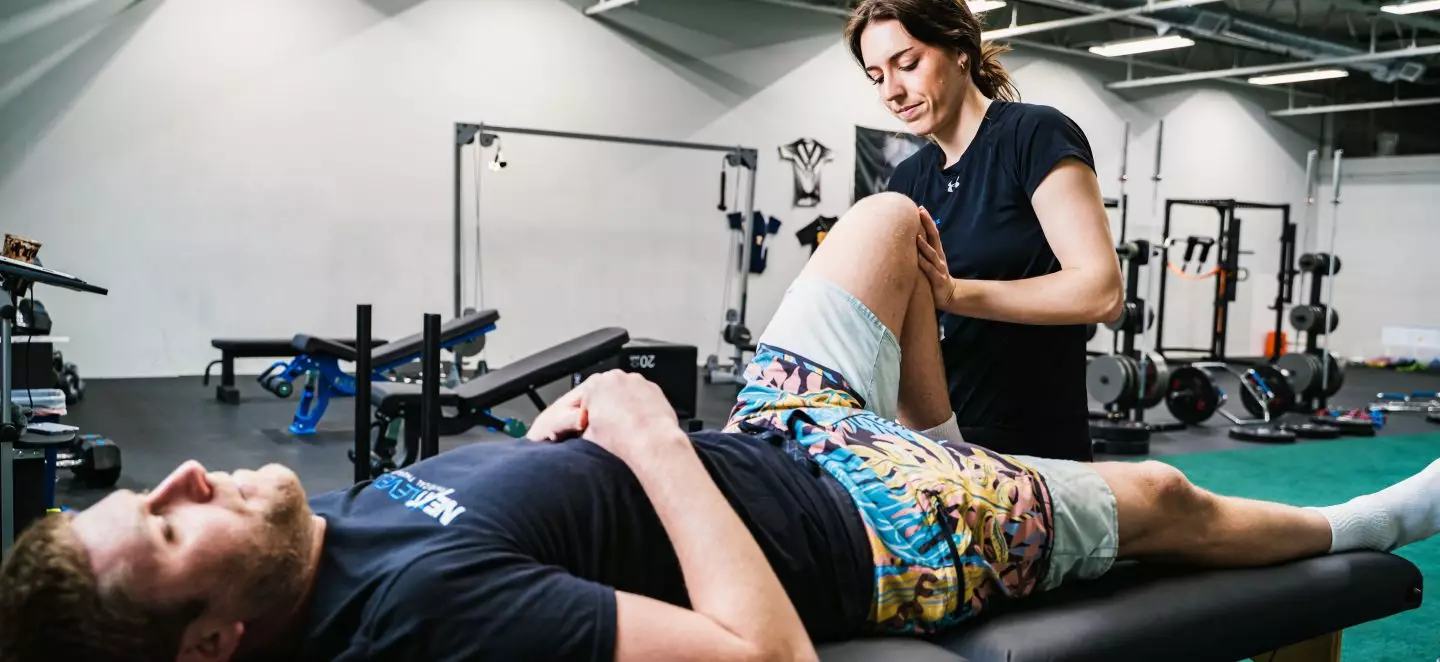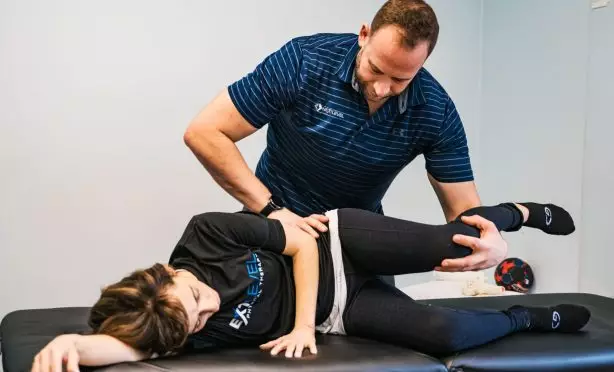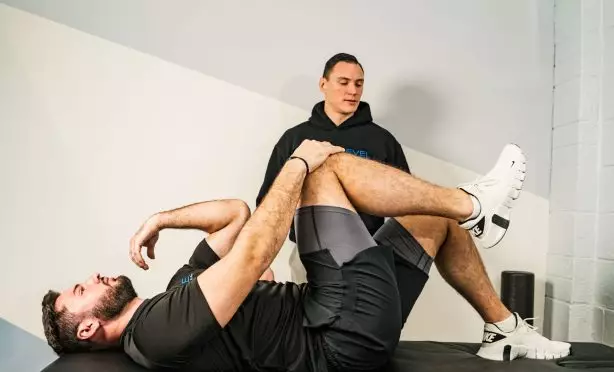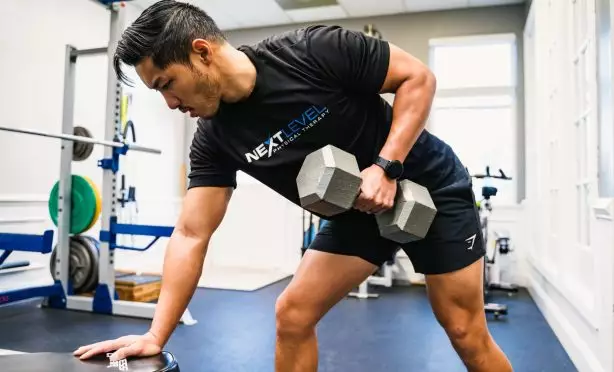Occupational Therapy vs Physical Therapy: What’s the Difference and Which One Do You Need?
If you’ve ever had an injury, surgery, or condition that affected how you move or perform daily tasks, you’ve probably heard the terms occupational therapy (OT) and physical therapy (PT).
But let’s be honest, unless you're in the healthcare world, these two can be really easy to mix up.
Both OT and PT are essential rehabilitation services that help people regain function and independence, but they have distinct focuses and approaches.
Whether you're recovering from surgery, helping a child with developmental delays, or dealing with chronic pain, understanding the difference can help you choose the right path for your health journey.
Let’s break it all down.
Key Differences: Occupational Therapy vs Physical Therapy
While OT and PT share some similarities, the biggest difference lies in what they focus on helping you to do:
Occupational therapy focuses on helping you perform the activities or "occupations" that matter most in your daily life.
Physical therapy focuses on improving your physical movement, strength, and mobility to help you function better.
Let’s dig a little deeper into each to really understand the distinctions.
Occupational Therapy
1. Focus: Function in Daily Life
Occupational therapy is all about functional independence. It helps people of all ages participate in the activities (aka "occupations") that they need or want to do in their daily lives. Whether that’s brushing your teeth, cooking dinner, typing at work, or even playing a musical instrument.
If something, be it an injury, illness, or disability, is getting in the way of those everyday tasks, an occupational therapist helps you work around it or through it.
2. Scope: Mind, Body, and Environment
OT takes a holistic approach. It considers not just the physical limitations a person may face, but also cognitive, emotional, and environmental factors that may affect function.
For example, someone with a traumatic brain injury might need OT to relearn how to manage time, use tools, or navigate social situations. A child with sensory processing issues might work with an OT to regulate sensory input during school tasks.
3. Example: Helping After a Stroke
Let’s say someone has a stroke and loses partial use of their right arm. An occupational therapist might work with them to:
Relearn how to dress using one arm
Use adaptive equipment to cook safely
Modify their home or workspace to reduce fall risk or fatigue
4. Goal: Independence and Meaningful Participation
The ultimate goal of OT is to help you live your life with as much independence and meaning as possible. It’s not just about surviving, it’s about thriving in the roles and routines that matter most to you.
Physical Therapy
1. Focus: Movement and Physical Function
Physical therapy, on the other hand, zeroes in on restoring movement, strength, flexibility, and balance. PT is especially common after surgeries, injuries, or any condition that limits how your body moves.
Physical therapists work to reduce pain, improve mobility, and help you avoid future injury or disability.
Want to learn more? Speak with one of our Client Specialists to find out how you can avoid future injury with Next Level Physical Therapy!
2. Scope: Musculoskeletal and Neuromuscular Systems
PTs focus primarily on your muscles, bones, joints, ligaments, tendons, and nerves. While they may consider emotional or lifestyle factors, the approach is typically more biomechanical.
Whether it's post-op rehab for a torn ACL or strengthening muscles around an arthritic joint, PT is about helping your body move better.
3. Example: Recovering After Knee Surgery
After ACL reconstruction, a physical therapist will help a patient:
Regain range of motion in the knee
Rebuild strength in the leg muscles
Learn how to walk properly again
Progress to running, jumping, or playing sports if applicable
4. Goal: Restore Physical Capacity and Prevent Re-injury
The goal of PT is to get your body moving at its optimal level so you can live, work, and play without pain or limitations. It’s about performance, recovery, and prevention.
Similarities: Occupational Therapy vs Physical Therapy
Even though OT and PT focus on different things, they do have some key similarities:
Both Aim to Improve Quality of Life
Whether you're seeing an OT or a PT, the ultimate goal is the same: to help you function better and live a fuller, more independent life.
Both Can Be Used Together
In many cases, OT and PT work hand-in-hand. For example, a person recovering from a spinal cord injury might see a PT to work on core strength and leg mobility, and an OT to learn how to adapt to tasks like getting dressed or cooking.
Both Require Personalized Treatment Plans
No cookie-cutter plans here. Both therapies involve individualized assessment and goal-setting to meet the specific needs of the patient.
Both Are Evidence-Based
Both professions rely on research and clinical evidence to guide treatment decisions. Whether you're working on movement patterns or task modifications, the approach is grounded in science.
How to Know Whether You Need Occupational Therapy vs Physical Therapy
If you're wondering whether you or someone you love should see an occupational therapist or a physical therapist, here are some tips to help you decide:
When to Consider Occupational Therapy:
You’re having trouble with daily tasks like dressing, cooking, writing, or bathing
You’re recovering from a stroke or brain injury
You or your child has sensory processing difficulties or developmental delays
You need help with adaptive strategies or equipment to stay independent
You're experiencing challenges with cognitive function that affect daily life
When to Consider Physical Therapy:
You’re recovering from an orthopedic injury or surgery
You’re experiencing chronic pain, limited mobility, or balance problems
You’ve been diagnosed with a neurological or musculoskeletal condition
You want to improve your strength, posture, or athletic performance
You're at risk of falls or have mobility limitations
When You Might Need Both:
Sometimes, the line between OT and PT blurs. For example:
A child with cerebral palsy might need PT to build strength and OT to learn to use a spoon or get dressed.
An older adult recovering from hip surgery might need PT for walking and balance and OT to safely bathe or cook at home.
The good news? You don’t have to figure it out alone. A medical provider, or even the therapists themselves, can help guide you to the right combination of care.
Let’s Review: Occupational Therapy vs Physical Therapy
Occupational therapy and physical therapy are both powerful tools for regaining independence, improving function, and living your best life. While they serve different roles, they’re often complementary, and in many cases, working with both types of therapists offers the best outcomes.
Still unsure what you need? That’s totally normal. Your first step is talking to a healthcare provider or reaching out to a rehab clinic that offers both services.
Your recovery isn’t one-size-fits-all… and your therapy shouldn’t be either.
FAQ
1. Can occupational therapists and physical therapists treat the same conditions?
Yes, sometimes. But they approach the condition from different angles. For example, someone recovering from a car accident may have both a PT and an OT on their care team. The PT might focus on restoring strength and range of motion, while the OT helps with daily tasks like getting dressed or using utensils again. It’s like two sides of the same coin: same condition, different goals.
2. Do I need a referral to start OT or PT?
That depends on your state laws and insurance. Some states allow direct access, which means you can see a physical therapist without a referral. Occupational therapy often requires a referral, especially if it’s being billed through insurance. That said, even if you’re not sure, it’s always okay to reach out to a clinic. They can guide you through the referral or insurance process.
3. Is occupational therapy only for kids or people with disabilities?
Not at all! While OT is well-known for helping kids with developmental challenges or adults with disabilities, it’s also incredibly useful for anyone who’s having trouble doing the things they need or love to do. That includes older adults recovering from injury, people with arthritis, stroke survivors, or even someone dealing with burnout or cognitive changes. If an activity is important to you and you’re struggling with it, OT might be able to help.












